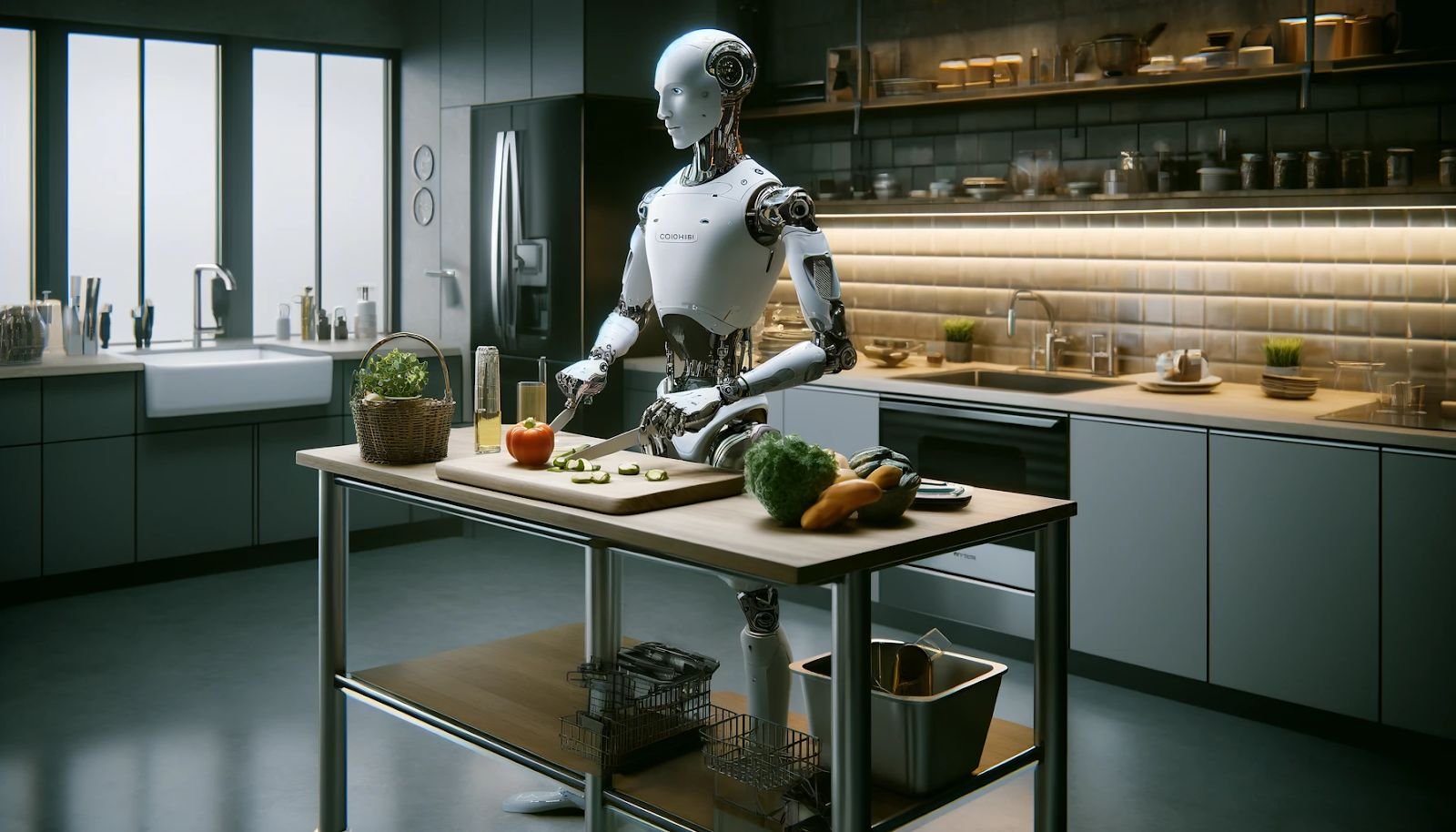Tesla’s Optimus robot, a humanoid robot designed to assist in various tasks, represents a significant leap in robotics and automation. But how does this advanced machine actually work? Let’s break it down into simple terms.

1. Basic Functionality
Optimus is designed to perform tasks that can help people in everyday life. Think of it as a robotic helper that can do chores, assist in factories, or even help with deliveries. The robot uses a combination of sensors, cameras, and artificial intelligence (AI) to understand its environment and interact with people.
2. Navigation Skills
One of the standout features of Optimus is its ability to navigate spaces on its own. Unlike traditional robots that might rely on GPS, which can be inaccurate indoors, Optimus uses visual navigation. It has cameras that allow it to see and map its surroundings. This means it can avoid obstacles, find its way around furniture, and move smoothly through different environments, like homes or offices
3. Autonomous Charging
A crucial aspect of Optimus’s design is its ability to charge itself. The robot can locate charging stations and dock automatically, ensuring it never runs out of power while performing its tasks. This feature is especially important for maintaining its functionality over long periods without human assistance
4. Learning Capabilities
Optimus isn’t just a pre-programmed machine; it can learn from its experiences. As it interacts with its environment, it improves its performance. For instance, it can learn to recognize certain commands or gestures, making it more responsive to human needs
5. Real-World Applications
The potential uses for Optimus are vast. In a factory, it could assist with repetitive tasks, freeing up human workers for more complex jobs. At home, it might help with chores like cleaning or even cooking. The goal is to create a robot that can integrate seamlessly into daily life, making tasks easier and more efficient
Tesla’s Optimus robot is paving the way for a future where humanoid robots can assist in our everyday lives. With its impressive navigation skills, ability to charge itself, and learning capabilities, Optimus represents a significant advancement in robotics. As Tesla continues to refine its design, the dream of having a personal robotic assistant could soon become a reality.


